Not to break the Tips: anti-aircraft complexes in Turkey in the years of the cold war
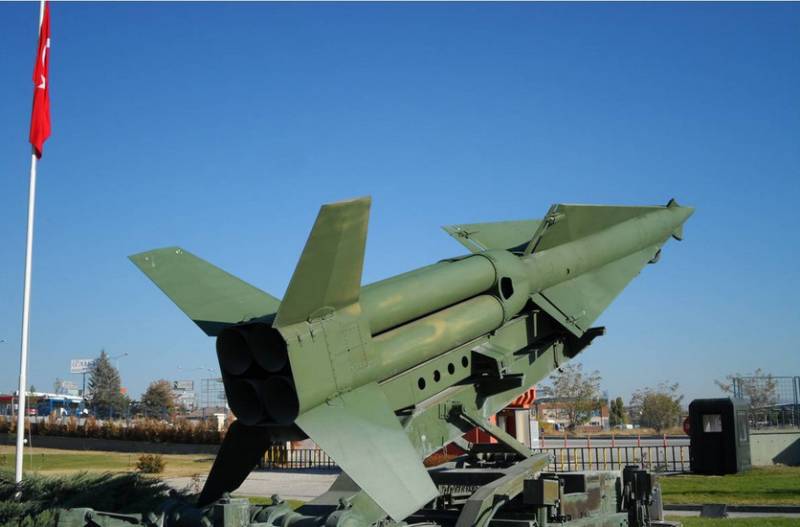
Air defence System Turkey.After joining NATO in 1952, began an intensive upgrade of ground facilities of the air defense system of the Turkish Republic. As in the case of fighter aircraft, antiaircraft artillery, anti-aircraft missiles and radars were largely of American manufacture. Since joining NATO until the beginning of the 1970s, Turkey received American arms and military equipment worth about $ 1 billion.
Flak
In the first stage to protect against air attacks, operating at low altitude, the US gave the Turkish army a significant number of 12.7 mm machine-gun launchers, 40-mm Bofors L60 guns and 40-mm twin anti-aircraft self-propelled M42 Duster.
ZSU M42 Duster
To combat air targets at altitudes from 1.5 to 11 km was intended for 90-mm antiaircraft gun M2. Part of them were placed in fixed positions around the strategically important facilities on the coast, where they were also used in coastal defense. For mid-1950-ies and 90-mm anti-aircraft guns associated with the fire control radar SCR-268, was demonstrated good results. The effectiveness of firing at air targets was quite high due to the automatic feeding of the shells with the installer of the fuse. Ammunition could also include shells with radio controlled fuses that had a high probability of hitting the target. Anti-aircraft battery, which was six 90-mm guns, the minute could produce more than 150 shells.
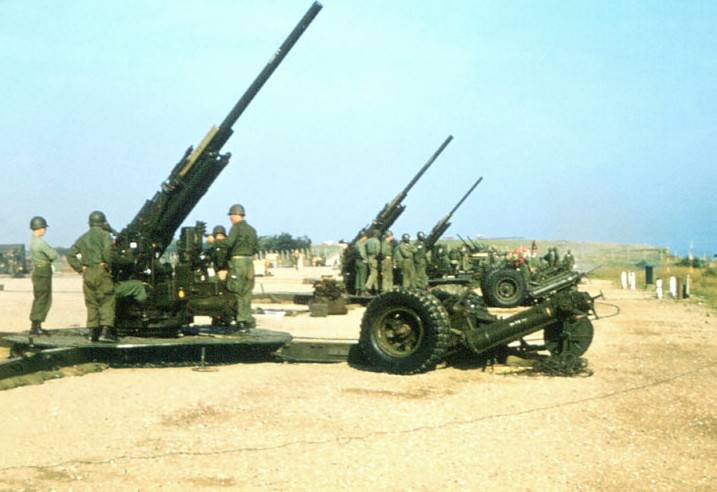
90-mm antiaircraft gun M2 on the firing position
The Radar had detected gaps in the air shells of anti-aircraft artillery adjusting fire on target, which was especially important when firing at targets that were not observed visually. Station SCR-268 could see the aircraft at ranges of up to 36 km, with an accuracy range 180 m and azimuth of 1.1°. The use of radar in combination with an analog computing device and missiles with radio controlled fuses allowed a fairly accurate anti-aircraft fire on aircraft flying at medium and high altitudes even at night. Also for the adjustment of anti-aircraft fire could be used more advanced radar SCR-584. This radar was capable of detecting targets at the distance of 40 km and to lead adjustment of antiaircraft fire at ranges up to 15 km.
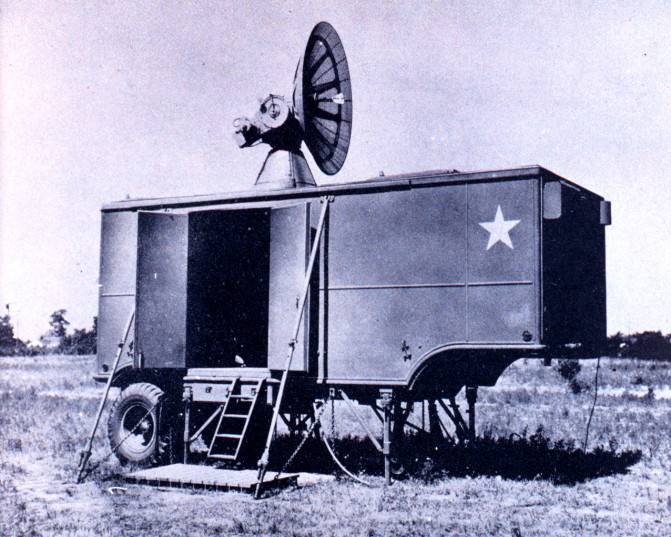
Radar SCR-584
In connection with the increase in speed and altitude of jet combat aircraft 90-mm gun M2 in the second half of the 1960s were already considered obsolete. However, they were in parts of coastal defense until the early 1990-ies.
In the late 1950s in Turkey was delivered a few dozen automatic 75-mm anti-aircraft guns of the American production of the M51 Skysweeper. This anti-aircraft gun, adopted for service in 1953, in his caliber had no equal in range, rate of fire and accuracy of fire. At the same time complex and expensive hardware required skilled service, was quite sensitive to mechanical stress and weather factors. The mobility of the 75-mm automatic cannons left much to be desired, therefore in Turkey, they are usually located in fixed positions.
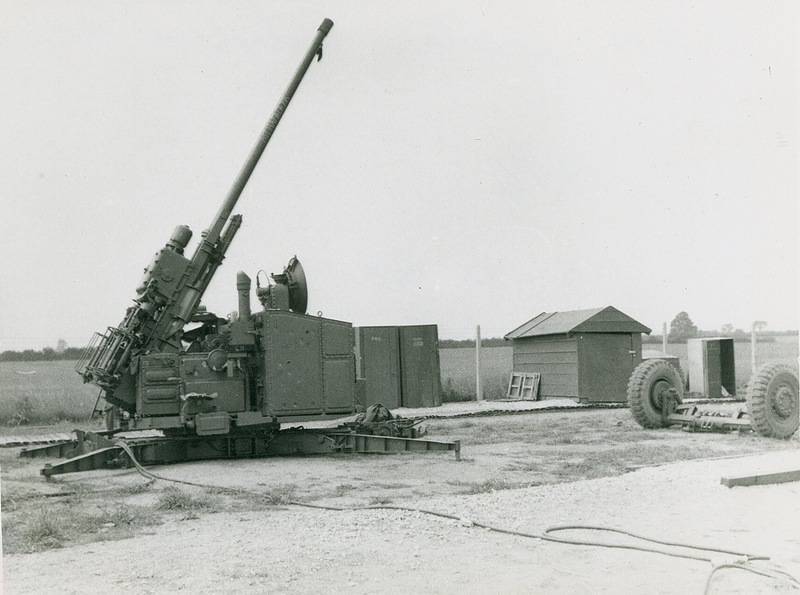
75-mm anti-aircraft gun M51 Skysweeper in combat position
Anti-aircraft gun M51 Skysweeper radar could fire at air targets at ranges of up to 13 km, reach height was 9 km. Combat rate of fire of 45 RDS./min Radar T-38, coupled with the gun barrel, had a range of about 30 km and was able to escort aircraft flying at speeds up to 1,100 km / h.
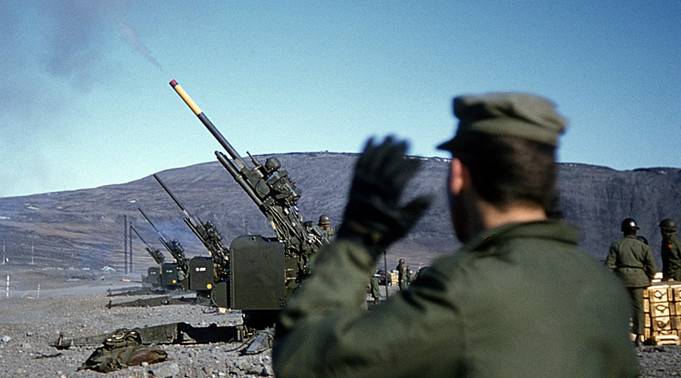
In the anti-aircraft battery had four guns. Preliminary target designation to a telephone line or radio network stood out from the modernized radar SCR-584, which were later replaced with mobile radar AN/TPS-43. Despite problems with the reliability of electronic components built in electro-vacuum devices, the operation of anti-aircraft guns M51 Skysweeper in Turkey lasted until the early 1970s.
Radar detection of air targets
In 1953 was formed the 6th of the joint tactical air command of NATO headquarters in Izmir, which among other tasks also laid ensuring the defense of Turkey. In parallel with the deployment of anti-aircraft batteries on Turkish territory by the end of 1950-ies there were built several stationary radar posts. Originally it was a surveillance radar, type AN / FPS-8 operating in the frequency 1280-1350 MHz, is able to detect high-altitude targets at ranges of over 400 km.
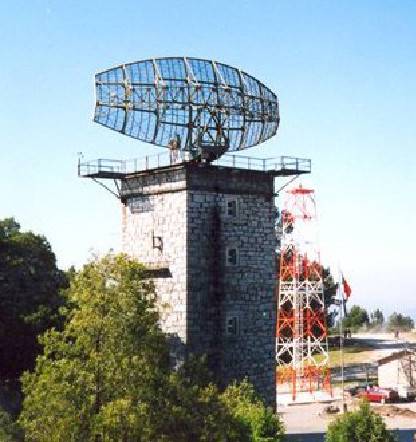
Radar AN / FPS-8
In the early 1960s, radar AN / FPS-8 was complemented by more sophisticated two-coordinate stationary radar AN / FPS-88, operating in the same frequency range, but with the antennas, covered with radio transparent domes. Radar AN / FPS-88 with a pulse power of 1 MW could see a large high-altitude air targets atrange more than 400 km. For a more accurate determination of range and altitude were used altimeter AN / FPS-6 and AN/MPS-14.
Altimeter AN / FPS-6 radar in the composition of the complex
Radar systems consisting of radar AN / FPS-88 and radio altimeters AN / FPS-6 was used to control the air space and the issue of targeting ground-based air defense and guidance of fighter-interceptors. At a longer range to work located at higher elevations along the coast radar AN / TPS-44, emitting in the frequency range 1,25 — 1,35 GHz. Currently, the AN / FPS-88 and AN / FPS-6 decommissioned, and worn out station type AN / TPS-44 with the passport detection range of over 400 km are operated in the power saving mode, and therefore the real distance does not exceed 270 km.
In 1974, six fixed radar stations operating on the territory of the Turkish Republic, deployed at the height of 1000-2500 m, included in the automated ground control system forces and means of air defense of NATO in Europe, "Neji." According to the plan of the NATO command system "Neji" was supposed to solve the problem of continuous monitoring of the traffic situation, long-range detection of targets and their identification, collection and analysis of information, delivery of individual data and the overall picture of the air situation to the control centers of the air defense. It was assigned the task of providing the management agents — interceptors and anti-aircraft missile systems in terms of enemy active jamming measures.
Anti-aircraft missiles in fixed positions
In connection with the adoption of the Soviet air force jet bombers, given the strategic position of Turkey and the presence on its territory of U.S. military bases needed a more effective defense than the anti-aircraft artillery. In the early 1960s, the West began deploying anti-aircraft missiles MIM-3 Nike Ajax. Anti-aircraft missile units from the beginning was subordinate to the command of the air force of Turkey.
"Nike-Ajax" became the first mass produced air defense system and the first anti-aircraft missile system, which was adopted by the us army in 1953. For the mid-1950s, early 1960s SAM capabilities allow to effectively affect any then existing type of jet bombers and cruise missiles. This stationary single-channel SAM was designed as a means of air defense facility to protect major cities and strategic military bases. In its capabilities SAM "Nike Ajax" Dating back to the late 1950s were close to the characteristics of a much more massive Soviet s-75, which originally had the ability to change positions. The distance is approximately 45 km, height — up to 19 km, the target speed — up to 2.3 M. a Unique feature of anti-aircraft missile "Nike-Ajax" was the presence of three high-explosive warheads. First, a mass of 5.44 kg was located in the forward section, the second — 81,2 kg — in the middle, and the third 55,3 kg in the tail. It was assumed that this will increase the probability of hitting the target, due to the more extended cloud of splinters. In the rocket used liquid rocket engine, working on the toxic fuel and caustic, flammable combustible oxidizer. Each battery consisted of two parts: a Central post, which housed the radar and the guidance station and sector in which was located the launchers, warehouses of rockets, fuel tanks.
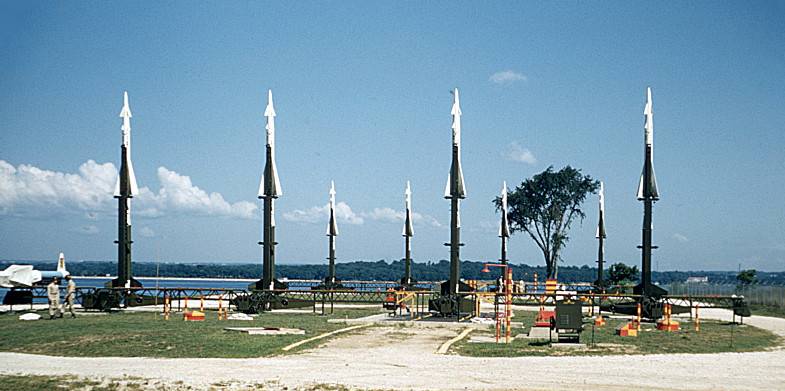
The Position of the SAM MIM-3 Nike Ajax
For the MIM-3 Nike Ajax in North America were built more than 100 major positions. But due to the difficulties of operation of liquid rockets and the successful testing long-range system MIM-14 Nike-Hercules missile solid fuel, "Nike-Ajax" was removed from service in the mid 1960s. part of the decommissioned U.S. army air defense systems are not disposed of, and handed over to the NATO allies: Greece, Italy, the Netherlands, Germany and Turkey. The Turkish air force of "Nike-Ajax" was used until the early 1970-ies.
The Next step in the system strengthening the air defense of Turkey was the adoption of the us long-range SAM MIM-14 Nike-Hercules. Unlike its predecessor, "Nike-Hercules" has increased the combat range of up to 130 km and height – up to 30 km, which is achieved by using a new more powerful missiles and radar stations. However, the schematic diagram of the construction and combat operation of the complex remained the same. New American SAM also was a single channel that significantly limits his ability in repelling a massive air strike.
System of detection and targeting SAM "Nike-Hercules" was originally based on stationary radar detection from SAM "Nike-Ajax", working in the mode of continuous radiation of radio waves. Subsequently to modification, known as Hercules Standard A, has deployed mobile radar AN / MPQ-43, allowing in case of need to change position. In the modernized SAM Improved Hercules (MIM-14) has introduced a new radar detection, and enhanced radar tracking, which increases the noise immunity and the ability to track high speed targets. Additionally been mounted radar, which carried out a constant determining the distance to the target and issue additional amendments for a computing device. The blocks were transferred with vacuum devices to solid state circuitry.
Although the possibilitiesthe upgraded complex has increased, it still was basically "locked up" against the big and relatively slow and malomanevrenny long-range bombers. Opportunities even improved the SAM MIM-14B/C to combat frontline aircraft operating at low altitude, was modest. However, this is partly offset by opportunities to intercept ballistic missiles.
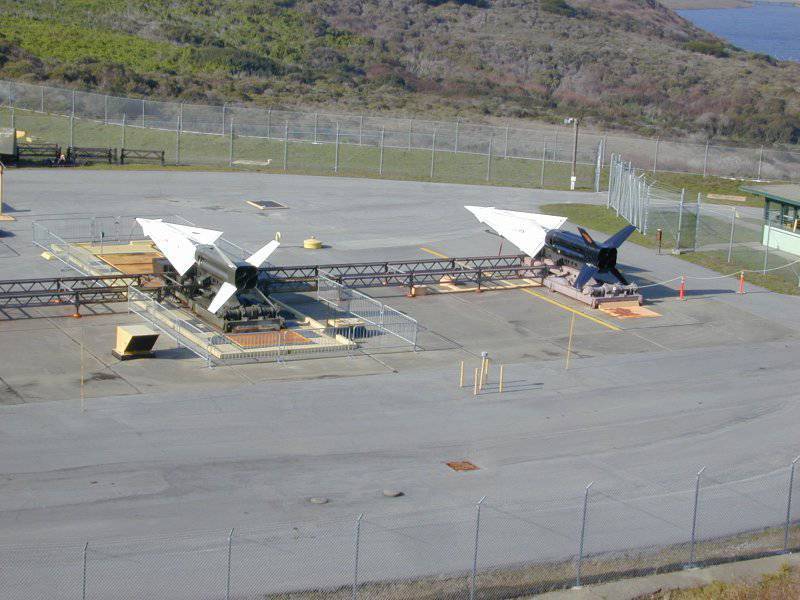
The Position of the SAM MIM-14 Nike-Hercules
The Battery is "Nike-Hercules" had in its composition all fighting vehicles and two launch pads, each of them has 3-4 launchers with missiles. Batteries are usually around the defended object. Each division includes six batteries.
Satellite image of Google Earth: the position of the SAM MIM-14 Nike-Hercules 5 km East of Marmaris. The picture was taken in 2009
The Deployment of the SAM MIM-14B/S on Turkish territory began in the late 1960-ies. Just before the second half of the 1970-ies Turkey was committed to 12 batteries "Nike-Hercules". Although these complexes had a theoretical possibility of relocation, deployment and collapse was quite complex and time consuming. In General, the mobility of American SAM MIM-14C Nike Hercules was comparable to the mobility of the Soviet complex long-range s-200.
By the end of the cold war in working condition in Turkey was deployed 10 batteries "Nike-Hercules". All positions were at the height of from 300 to 1800 m above sea level.
The layout of the SAM MIM-14 Nike-Hercules in Turkey at the beginning of 1990-ies
The diagram shows that anti-aircraft missile systems long range on the territory of the country is uneven. Air defense of the Eastern regions bordering with Armenia and Georgia, was supposed to carry out with the help of interceptors, antiaircraft artillery and mobile systems short range. Fixed long-range SAM positions were located in the Western part of the Turkish Republic. Judging by the places of a dislocation and in what direction was oriented launchers of anti-aircraft missiles, they are primarily supposed to protect the ports and sea passages. The highest density of positions of the SAM was observed in the vicinity of Istanbul.
SAM Launcher MIM-14 Nike-Hercules in the aviation Museum Etimesgut air base, 15 km West of Ankara
After the dissolution of the Warsaw Pact and the collapse of the USSR the number of complexes "Nike Hercules", deployed in Turkey, were gradually reduced. The last SAM in the vicinity of Istanbul was decommissioned in 2007. However, unlike other NATO countries removed from combat duty, SAM is not disposed, but were sent to storage on the 15th missile base, located North-West of Istanbul.
The layout of the SAM MIM-14 Nike-Hercules in Turkey as of 2009 year
As of 2009, SAM "Nike-Hercules" it only remained on the coast of the Aegean sea. The positioning of the defense systems for fixed positions clearly demonstrates against whom they are primarily directed. Although Turkey and Greece are full members of NATO, between these countries there are serious contradictions, which in the past repeatedly led to armed clashes.
Despite the fact that anti-aircraft complexes "Nike Hercules" available in Turkey, today very worn and outdated, they are still formally in service.
Satellite image of Google Earth: the position of the SAM MIM-14 Nike-Hercules in the vicinity of the city of Izmir. Of the six launchers only two curb anti-aircraft missiles
The position of the SAM MIM-14 Nike-Hercules remain in the vicinity of Izmir, Kodaka and Karakoy. Satellite images show that rockets loaded part of the launchers, which indicates a lack of standard missiles. Saved three batteries are evenly distributed along the coast, is controlled airspace from the Aegean sea and on the redistribution of the range of mutual overlap of the affected area.
Satellite image of Google Earth: radar means SAM MIM-14 Nike-Hercules in the vicinity of Izmir
With that existing in Turkey MIM-14 Nike-Hercules are complexes of late modifications if necessary can be relocated, in fact, most of them are attached to a stationary radar detection of air targets. By the mid-1980s, long-range SAMS "Nike Hercles" were associated with powerful stationary radar with a phased antenna array Hughes HR-3000. In this regard, the regular radar AN / FPS-71 and AN / FPS-75 was used as an auxiliary.
Mobile anti-aircraft missile systems
In the early 1970s, air defense forces of the Turkish army was reinforced portable air defense systems FIM-43 Redeye. MANPADS were supplied from the United States and of the surplus of the Bundeswehr. Portable complex of the first generation could hit subsonic aerial targets when shooting in pursuit at ranges of 4500 m and in the altitude range 50 – 2700 m.
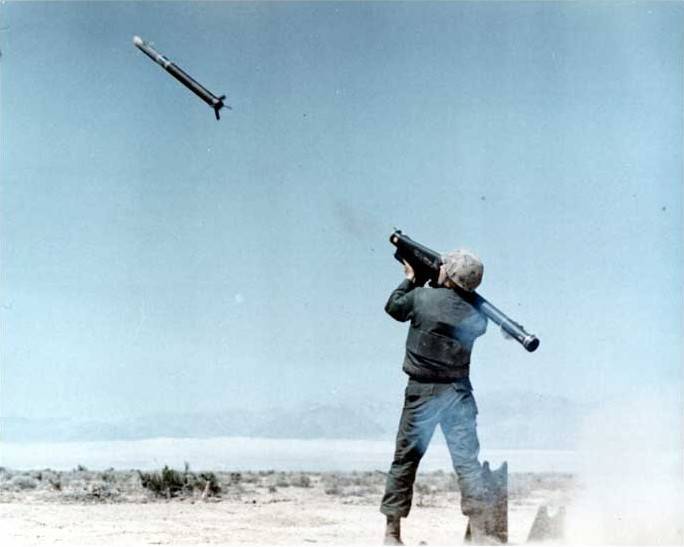
Although the characteristics of noise immunity and sensitivity of the infrared seeker of the complex was modest, MANPADS "Redeye" was widelydistribution. The Turkey was about 150 launchers and 800 missiles. Currently MANPADS FIM-43 Redeyeв in Turkey replaced the FIM-92 Stinger.
In Addition to the SAM MIM-14 Nike-Hercules, to Turkey in the mid-1970s, put US a few batteries of mobile anti-aircraft MIM-23B Improved Hawk. For your time SAM I-Hawk was quite perfect, and had the following advantages: the possibility of intercepting high-speed targets at low altitudes, high noise immunity of radar radiation and the ability of homing on the source of the interference, a short response time, high mobility.
SAM Launcher MIM-23B Improved Hawk
SAM "Improved hawk" could hit supersonic aerial targets at ranges from 1 to 40 km and in the altitude range of 0.03 — 18 km Main fire unit complex MIM-23B was the anti-aircraft battery dvukhfaznogo composition. Firing platoon had radar target illumination, three launchers and three anti-aircraft guided missiles on each. In addition, the first firing platoon had radar targeting, radar rangefinder, item processing information and the command post of the battery, and the second — radar targeting and control.
The First SAM MIM-23B has started patrolling in the vicinity of Istanbul, and originally served as a Supplement to long-range complexes "Nike-Hercules". But later the main part of a mobile low-altitude complexes were used by command of the Turkish air force as a reserve, which if necessary can be transferred to the most dangerous area. For this reason, in the Turkish territory anti-aircraft systems of the family, "hawk" is very limited deployed on permanent positions.
In the late 1990-ies the part of the Turkish SAM MIM-23B Improved Hawk was upgraded to the level of Hawk XXI. After upgrading obsolete surveillance radar AN/MPQ-62 were replaced with modern three-dimensional radar AN/MPQ-64. Changes have been made to the management tools SAM and apparatus of data exchange. In addition, the modified missiles MIM-23K equipped with a new high-explosive warheads and a more sensitive radio controlled fuses. It is possible to increase the probability of hitting air targets and give the complex a limited anti-missile capabilities.
In total, Turkey received 12 batteries of "hawk", part of the complexes came from the presence of the U.S. armed forces. It is reported that the last delivery was made in 2005. Currently, even the upgraded systems are not fully meet modern requirements, and due to physical wear and tear in working order for the Turkish air force left some air defense system Hawk XXI. In the near future should be replaced by complexes of Turkish origin.
In the late 1970s there was a question of protecting the Turkish military airfields from the low-altitude bombing assault strikes. A significant part of the air bases located on the territory of the Turkish Republic was within the combat radius of action of Soviet fighter-bombers su-7B, su-17, MiG-23B and frontline bombers su-24. All Turkish air bases located within reach of the distant bombers Tu-16, Tu-22 and Tu-22M.
Satellite image of Google Earth: the position of the Rapier SAM-2000 in the vicinity of Incirlik air base
In this regard, the US air force financed the purchase of British Aircraft Corporation 14 SAM short range Rapier. Initially, complexes, covering bases on Turkish territory, was served by American calculations. First SAM "rapier" in the Turkish air force appeared in the early 1980s.
The Main element of the complex, taken into service in the UK in 1972, is a towed launcher with four missiles, which are also mounted detection system and targeting. To transport post guidance, the calculation of five and a reserve of ammunition is used three more cars.

SAM Launcher Rapier
Surveillance radar of the complex, combined with the launcher, capable of detecting low-altitude targets at ranges of more than 15 km. Guidance SAM is using radio which after the target was fully automated. The operator merely holds the aerial target in the field of view of the optical device, wherein the infrared finder missiles accompanied by tracer, and the counting-critical device generates command guidance for anti-aircraft missiles. SAM Rapier can be used offline. Typically, the complexes reduce to a battery, each of which includes: battery management, two firing platoon and a maintenance section. The first production version of the complex could hit aerial targets at ranges from 500 to 7,000 m, the altitude range 15-3000 m.
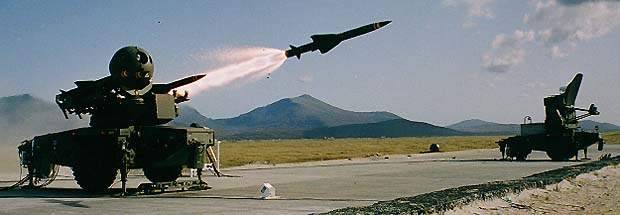
In the second half of the 1990s began mass production dramatically improved versions of Rapier-2000. Thanks to the use of more effective missiles MK.2, enlarged to 8,000 m range, infrared proximity fuses, and new optoelectronic station of guidance and radar tracking, the characteristics of the complex increased significantly. In addition, the number of missiles in the PU is increased in two times — up to eight units. The complex "rapier-2000" introduced radar Dagger. She is able to simultaneously detect and track up to 75 targets. Coupled with the radar PC allowsto assign targets and fire them depending on the degree of danger. Aiming missiles at a target by radar Blindfire-2000. In complex interference environments or when threat of injury protivopokazanie SAM missiles it comes in optoelectronic station. It includes a thermal imager and a high-sensitivity TV camera. Optoelectronic station accompanied by a missile tracer and provides the coordinates to the computer. By radar tracking and optical means possible simultaneous firing of two air targets.
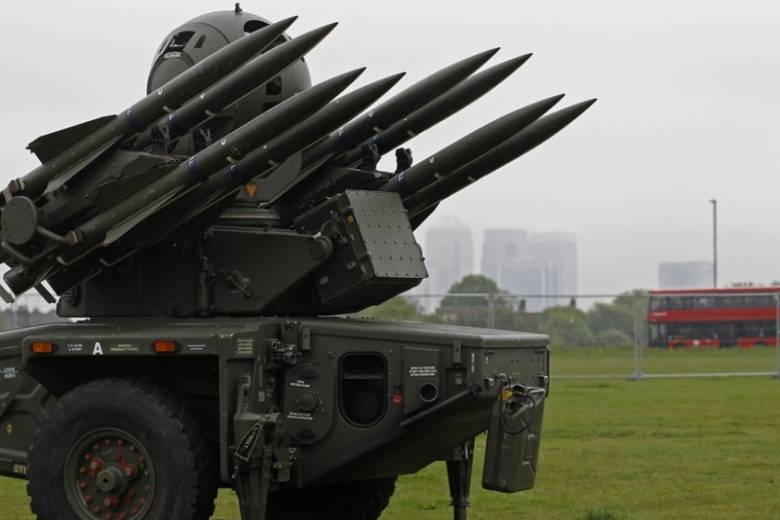
SAM Launcher Rapier-2000
After the Turkish company Roketsan has received a license for production of SAM Rapier-2000, Turkey was built 86 complexes. Rocket MK.2A and a number of electronic components supplied by BAE Systems. The radars supplied by Alenia Marconi Systems.
The layout of the bases covered SAM Rapier-2000
At the moment, SAM Rapier-2000 on a regular basis covered five major air bases located in southern and Western parts of Turkey. Usually in the vicinity of the airbase deployed between 2 and 6 complexes. Best protected Incirlik air base, where on a regular basis are the American combat aircraft and stored nuclear bombs B61.
The arrangement of positions of the SAM Rapier-2000 in the vicinity of Incirlik air base
Currently, the Turkish leadership took the course to update the national air defense system. The problem of replacement of obsolete radars and anti-aircraft missiles is solved by purchases abroad of modern samples. In addition, Ankara is actively pursuing the establishment on its territory, licensed production of advanced radar equipment that gives access to technologies. At the same time it is creating its own radars and SAM, who have already begun to enter the army.
To be continued...
Related News
Cobray Ladies Home Companion. The strangest gun in the history
Widely known American firm Cobray Company brought a number of controversial and even absurd projects of small arms. Her few own development differed ambiguous, to put it mildly, specific features. One of the results of such engine...
American flying saucer Lenticular ReEntry Vehicle: where are they hidden?
Orbital bombers LRV became the most secret military space project the US fragmentary information about which here already more than 60 years, dominates the minds of security personnel all over the world.Alien technology in the ser...
Light vehicles of the family "Sarmat"
Photo: Vitaly Kuzmin, the Rover LSTS-1943 "Sarmat-2" in the version 2019In the interests of the Russian armed forces created a variety of vehicle and automotive engineering. One such project is being developed in OKB "Technique" a...













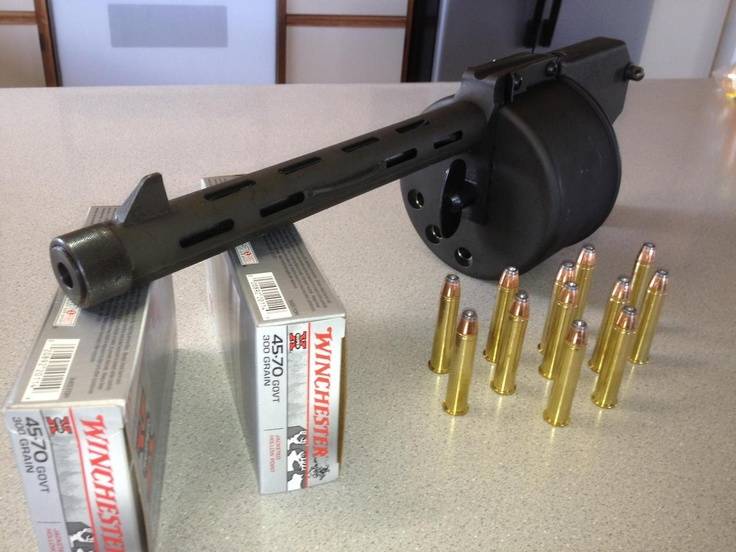
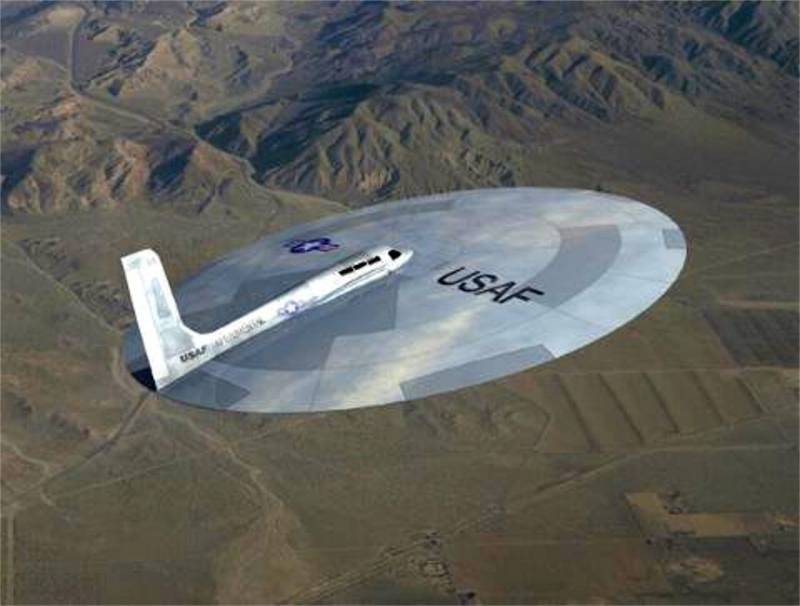
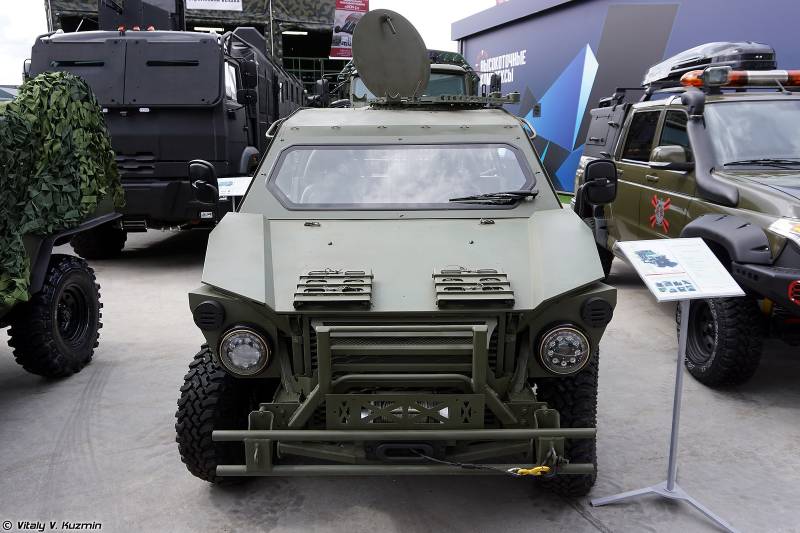
Comments (0)
This article has no comment, be the first!